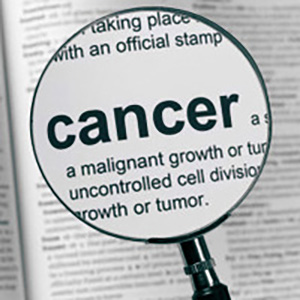 Smart Citations
Smart CitationsSee how this article has been cited at scite.ai
scite shows how a scientific paper has been cited by providing the context of the citation, a classification describing whether it supports, mentions, or contrasts the cited claim, and a label indicating in which section the citation was made.
Surveillance as a safe and effective option for treatment of stage I seminoma
Introdubction: Stage I seminoma has a very good prognosis, yet approximately 15% have subclinical metastatic disease and will relapse after orchidectomy alone. Several management approaches have been investigated. We aimed to evaluate the clinical outcomes of real-world patients with stage I seminoma, analysing prognostic factors influencing treatment choice and oncological outcomes. Methods: Retrospective, single institution study, with 55 patients diagnosed with clinical stage I seminoma between 2007 and 2020. Selected patients were analysed regarding three management approaches - surveillance, adjuvant radiotherapy and adjuvant carboplatin AUC7. Overall survival and progression-free survival outcomes were analysed. Predictors of treatment choice were determined, and predictors of recurrence were analysed in patients on active surveillance. Results: The median follow-up time was 91 months (13-165). Overall survival at 10 years was 98.2%. Stage I seminoma patients had a 1-, 3- and 10-year progression free survival of 98%, 94% and 89%, respectively. Three-year progression free survival was 92.0% for those on active surveillance (IC95%, 91.5-92.5%), 95.2% for carboplatin (IC95%, 94.8-95.6%) and 100% for those on adjuvant radiotherapy (p > 0.05). All relapses on active surveillance protocols occurred during the first 24 months. Overall, 43% of patients who underwent adjuvant treatment reported adverse effects of therapy, with higher incidence on radiotherapy group (63%). Conclusions: Stage I seminoma have excellent prognosis, high cure rates, and low treatment-associated morbidity. Active surveillance is a safe modality when applied to selected patients. Adjuvant radiotherapy and adjuvant chemotherapy with carboplatin show similar results, with fewer adverse effects on chemotherapy arm.
How to Cite

This work is licensed under a Creative Commons Attribution-NonCommercial 4.0 International License.
PAGEPress has chosen to apply the Creative Commons Attribution NonCommercial 4.0 International License (CC BY-NC 4.0) to all manuscripts to be published.

 https://doi.org/10.4081/aiua.2023.11513
https://doi.org/10.4081/aiua.2023.11513




